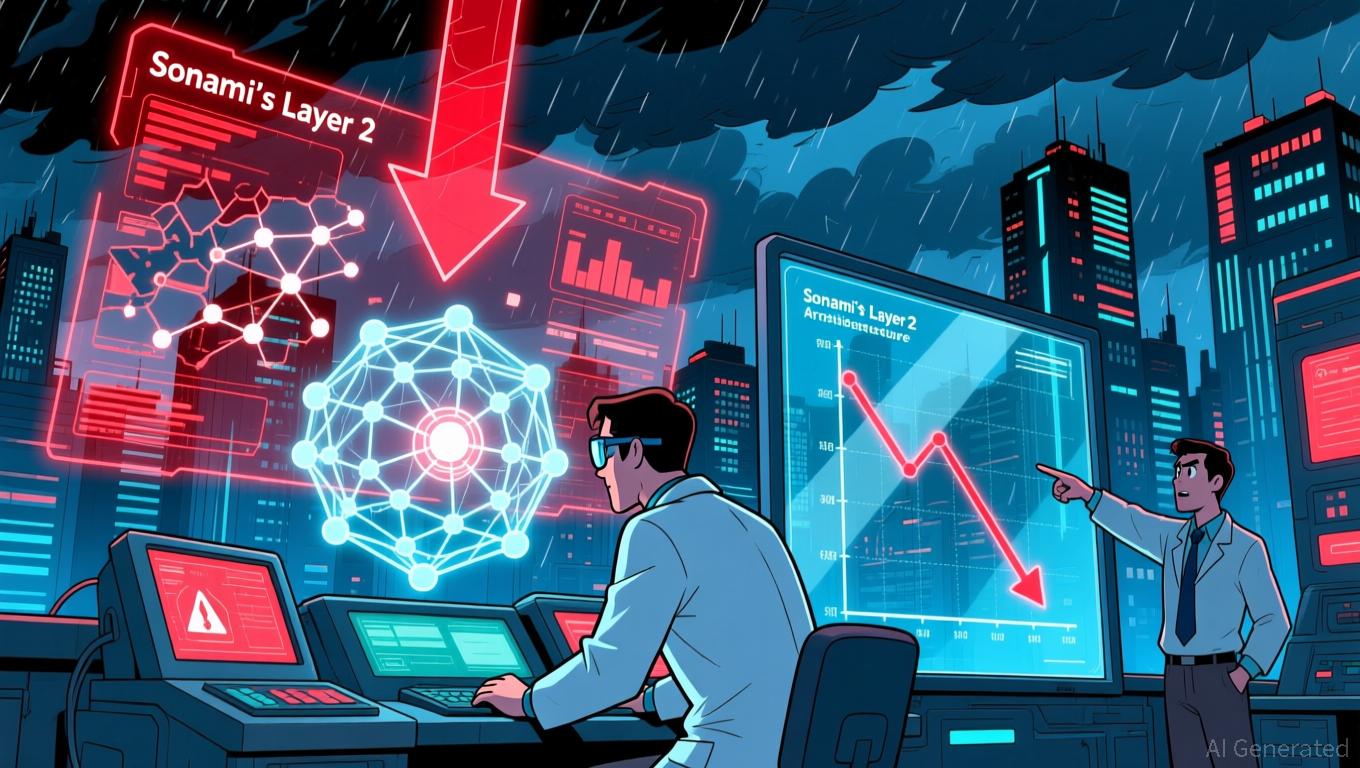How to Participate in Circle's Native Chain Arc Testnet Interaction?
The tutorial covers topics such as Testnet Coins, NFT Minting with Domain, Contract Deployment, and more, making it easy to understand and follow.
Original Title: "Circle's Stablecoin Public Chain Arc Testnet Interaction Guide"
Original Author: Asher, Odaily Planet Daily
Last week, Circle's stablecoin Layer 1 project Arc announced on X platform that its public testnet is now live. Below, Odaily Planet Daily takes you through a "zero-cost" participation in the Arc testnet interaction to receive a token airdrop.
Arc: A Layer 1 Dedicated to Stablecoins Launched by Circle

Arc is a next-generation EVM-compatible Layer 1 blockchain launched by the "first stock of stablecoins," Circle, aiming to build the economic operating system of the internet, deeply integrating programmable stablecoins with on-chain financial innovation. Arc is designed for financial applications, focusing on global payments, forex, lending, and capital markets, with the goal of providing a secure, low-cost, compliant, and scalable foundational settlement layer for the internet's programmable money.
Arc aims to address the three major pain points faced by existing public chains in enterprise and institutional-grade financial applications: inadequate high-frequency transaction performance, lack of privacy and compliance support, and excessive transaction fee volatility. By optimizing its architecture and introducing a stable fee model, Arc will achieve efficient financial-grade transaction experiences and drive stablecoins from being just a "digital dollar" towards becoming the core infrastructure for global payments, lending, forex, and capital markets.
Arc Testnet Interaction Guide
STEP 1. Add the Arc test network in your wallet, scroll to the bottom of the page, click on Add Arc Testnet in the bottom left corner, and confirm in your wallet popup.
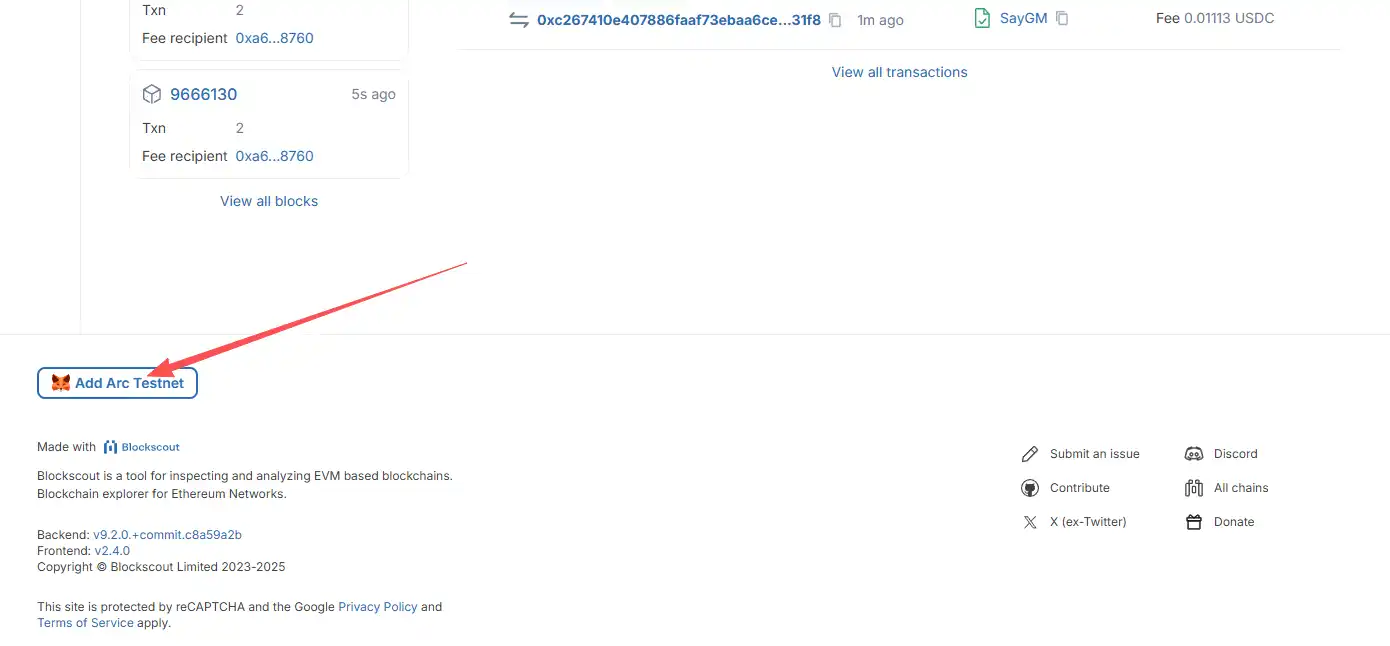
STEP 2. Claim testnet test coins, receive both USDC and EURC.
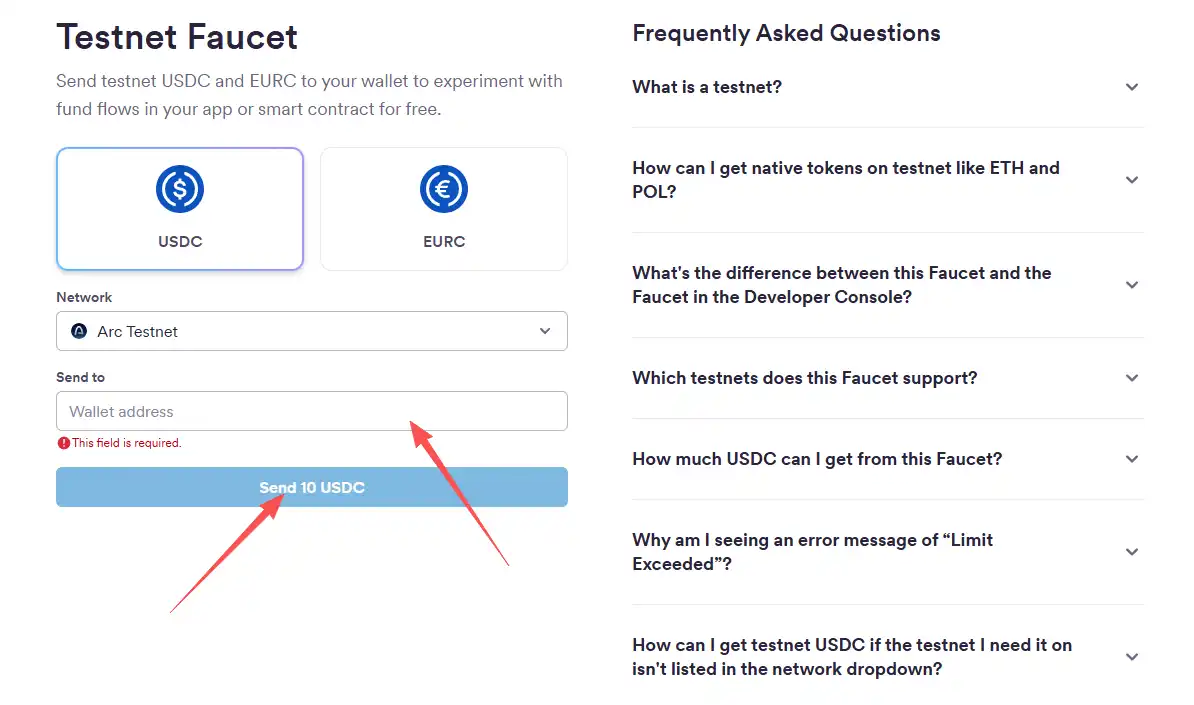
STEP 3. Send GM on the Arc testnet, connect your wallet, then find GM on Arc Testnet and click to confirm in your wallet popup.
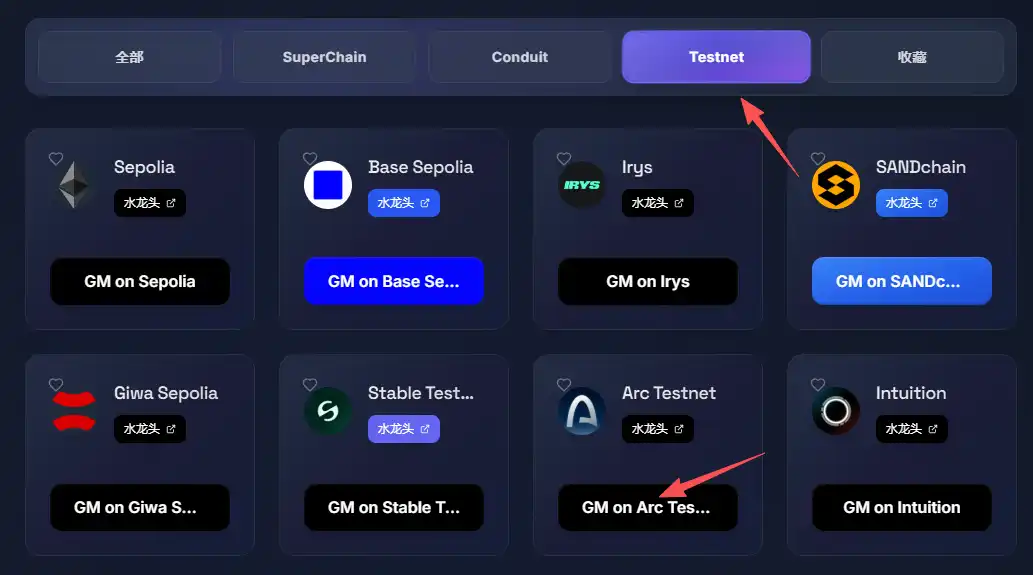

STEP 4. Deploy Contract on Arc Testnet, find Arc Testnet, click Deploy and confirm in the wallet popup.

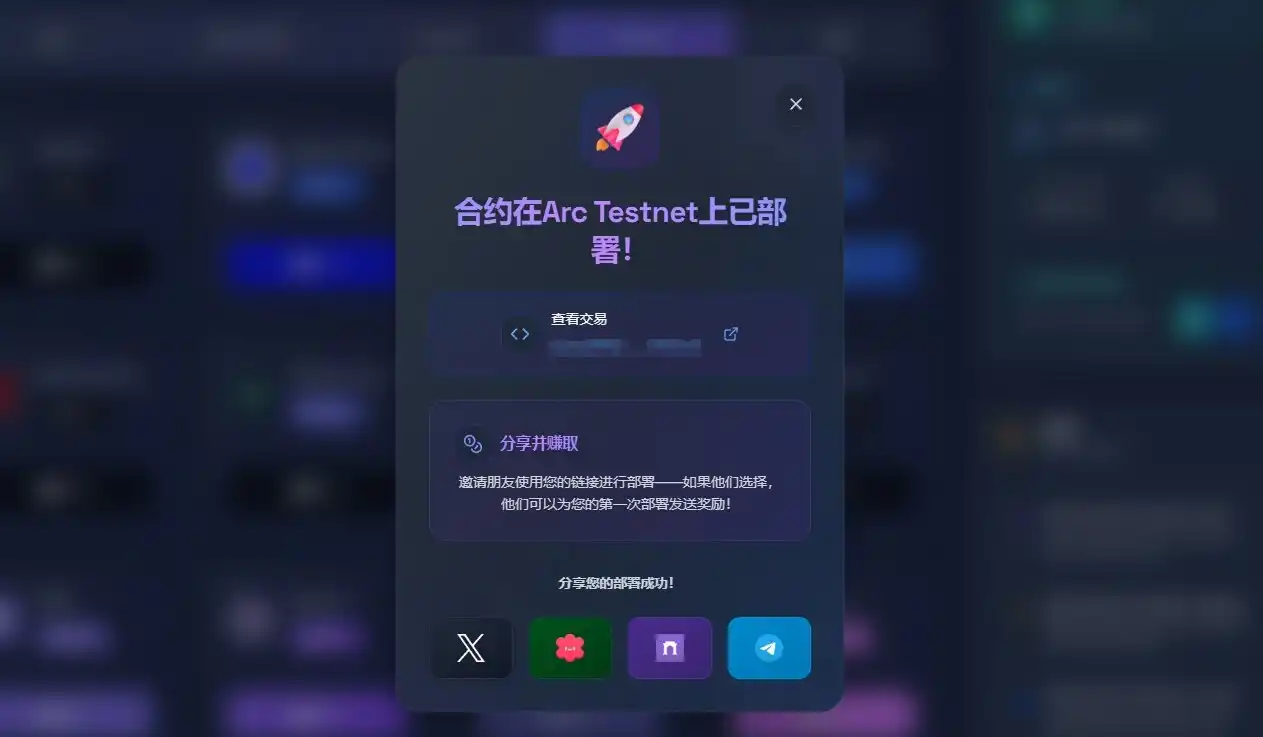
STEP 5. Send GM on Arc Testnet in ZKCODEX Platform, connect wallet, find Arc Testnet, click Send GM, and confirm in the wallet popup.
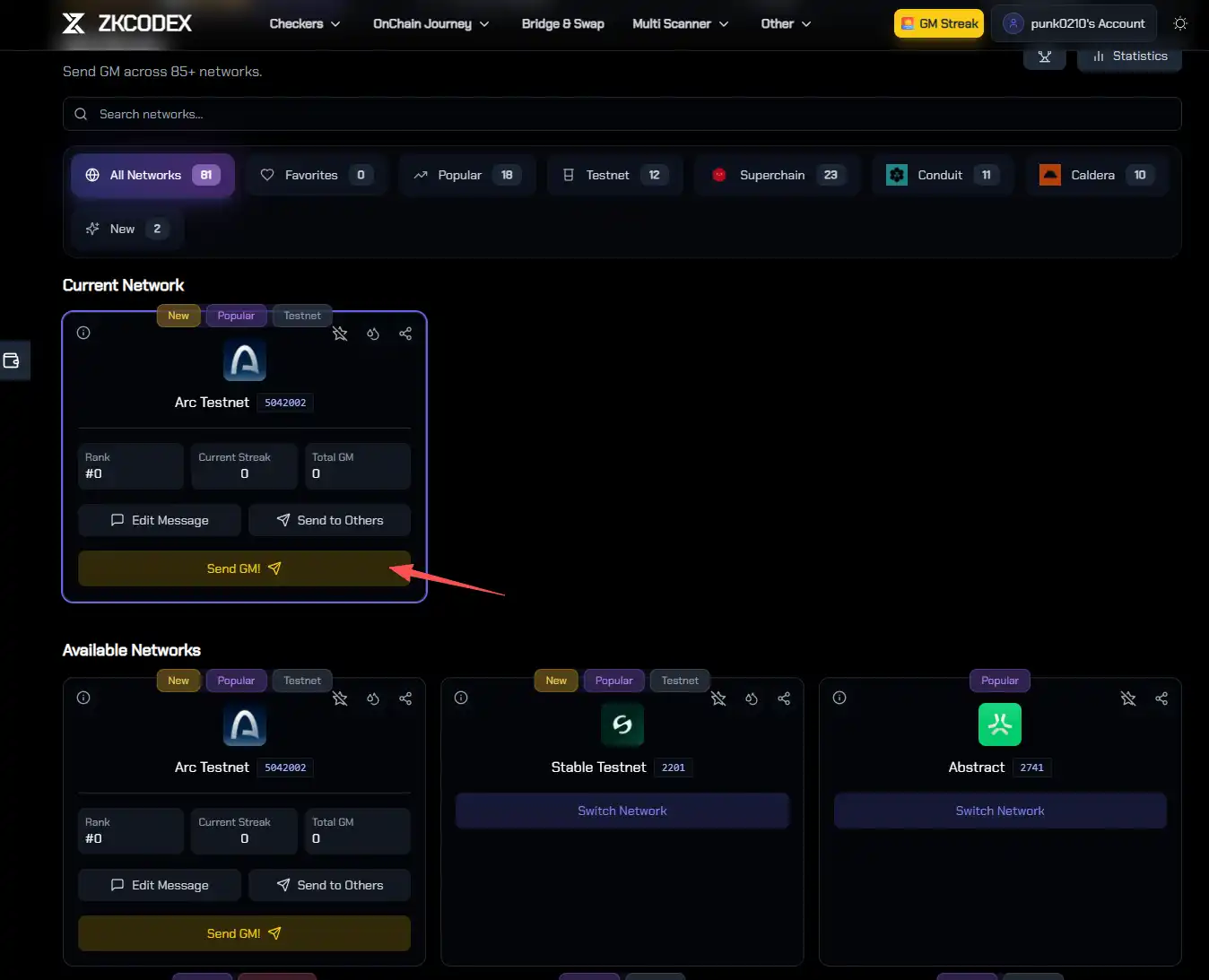
STEP 6. In ZKCODEX Platform, choose Arc Testnet, connect wallet, find Arc Testnet, click Simple Deploy, Token Deploy, NFT Deploy, and confirm in wallet popup.
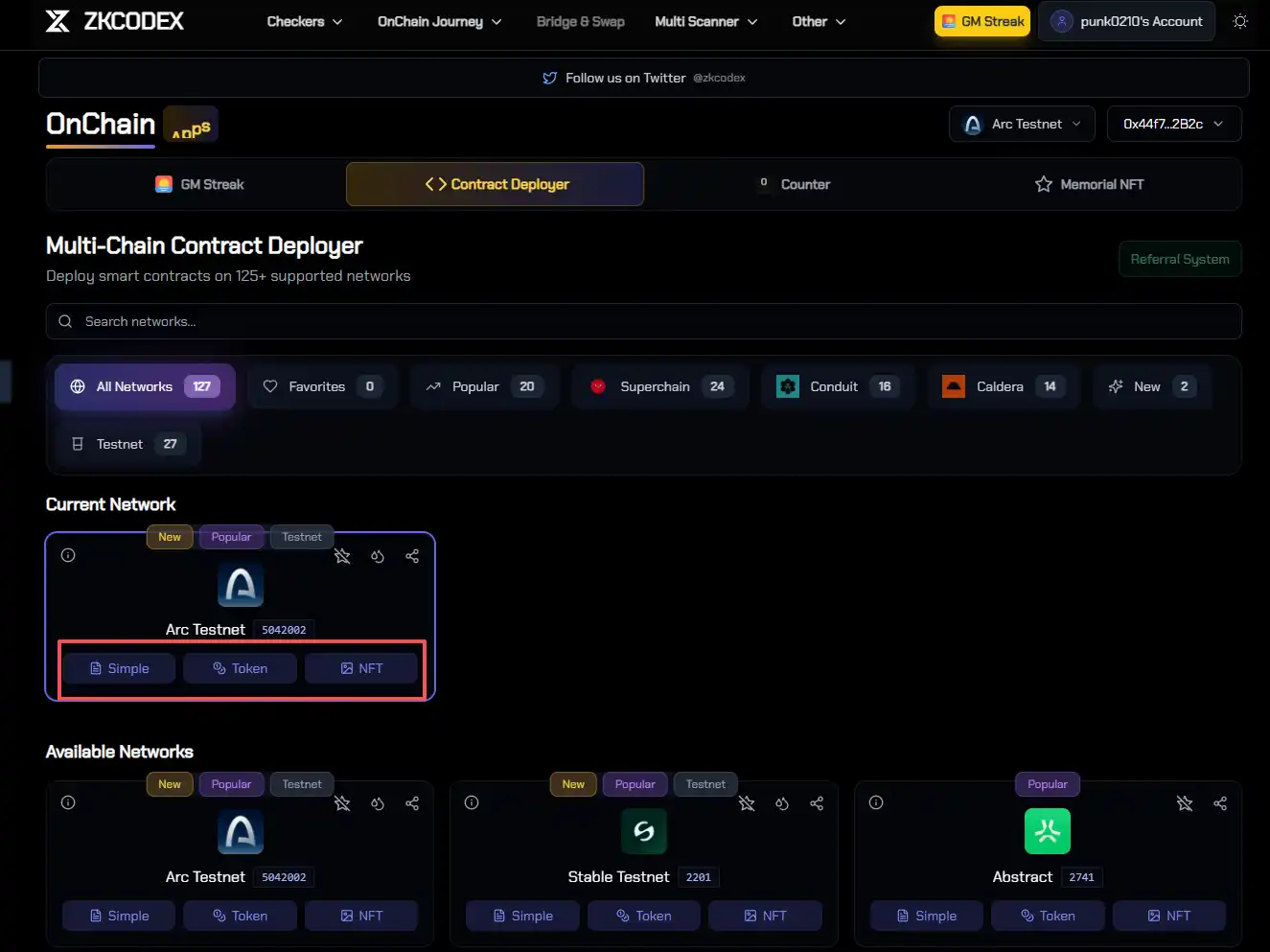
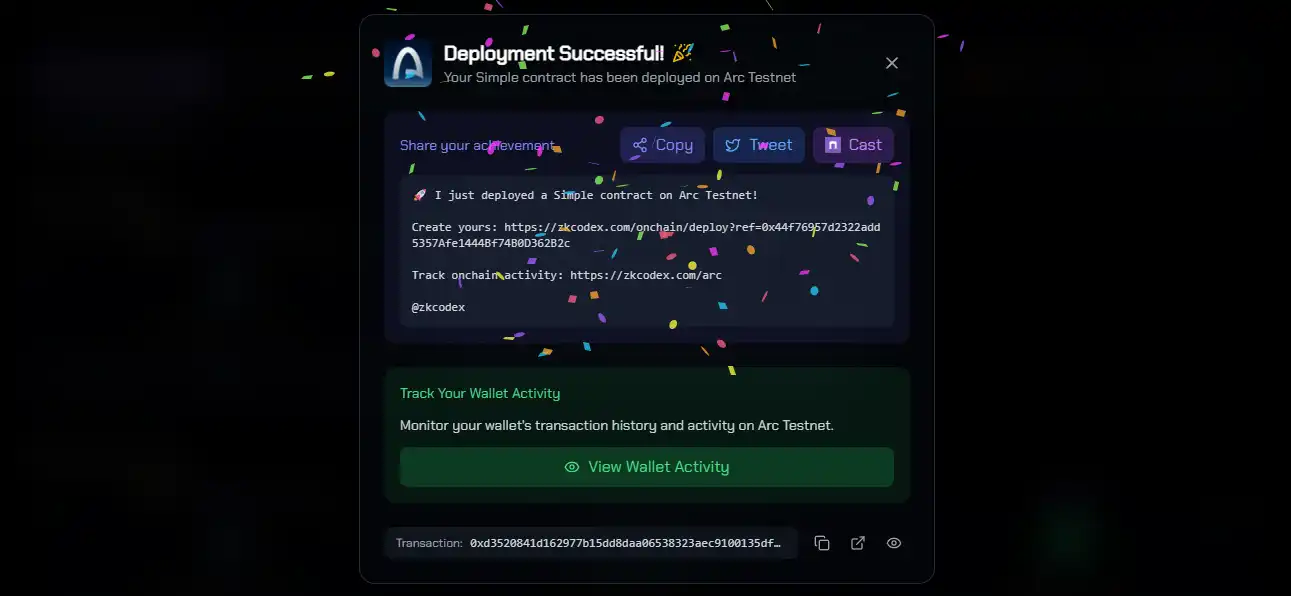
STEP 7. In ZKCODEX Platform, choose Arc Testnet to mint another NFT, click Mint 1 NFT, and confirm in the wallet popup.
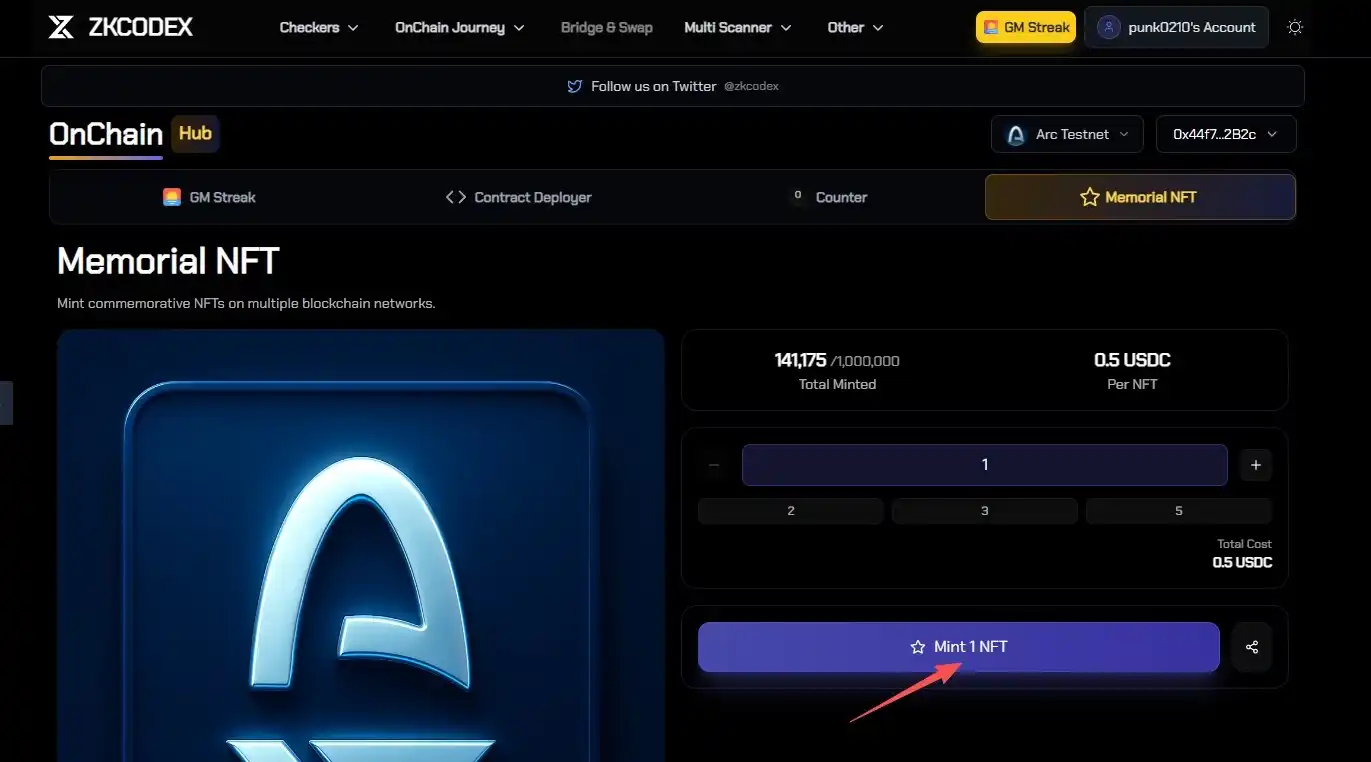
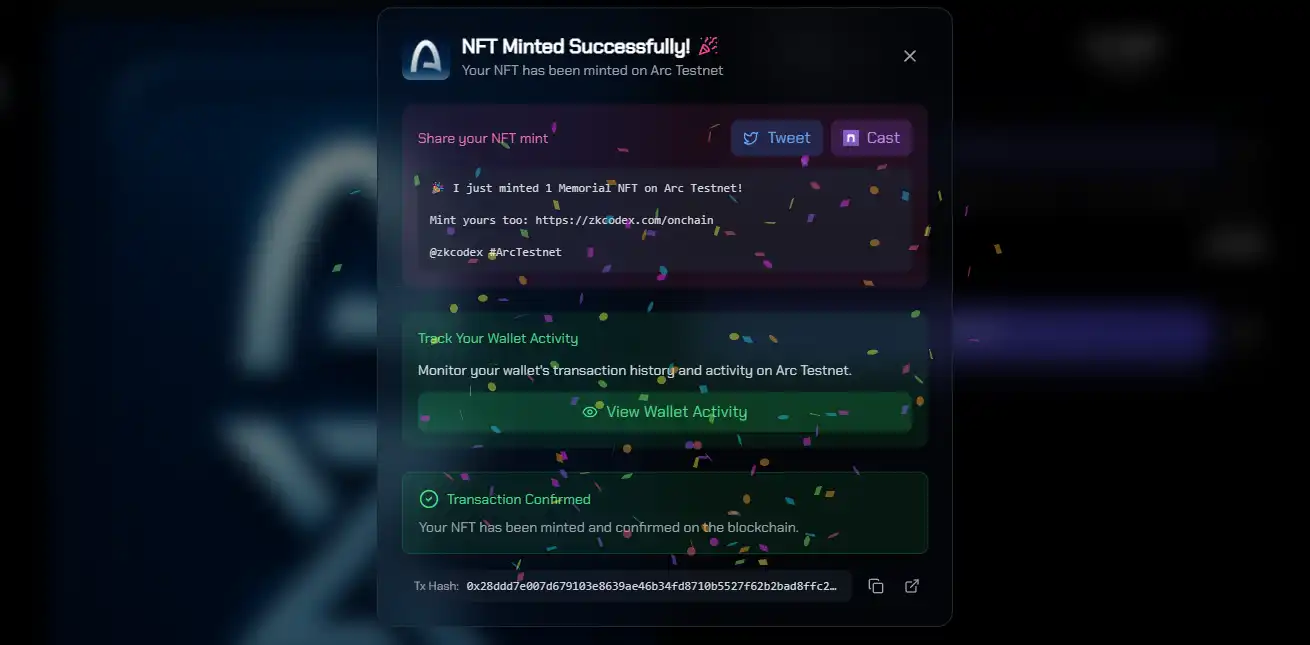
STEP 8. Register a .arc domain on InfinityName Platform, connect wallet, enter desired domain name, find Arc Testnet Registration, and confirm in the wallet popup.
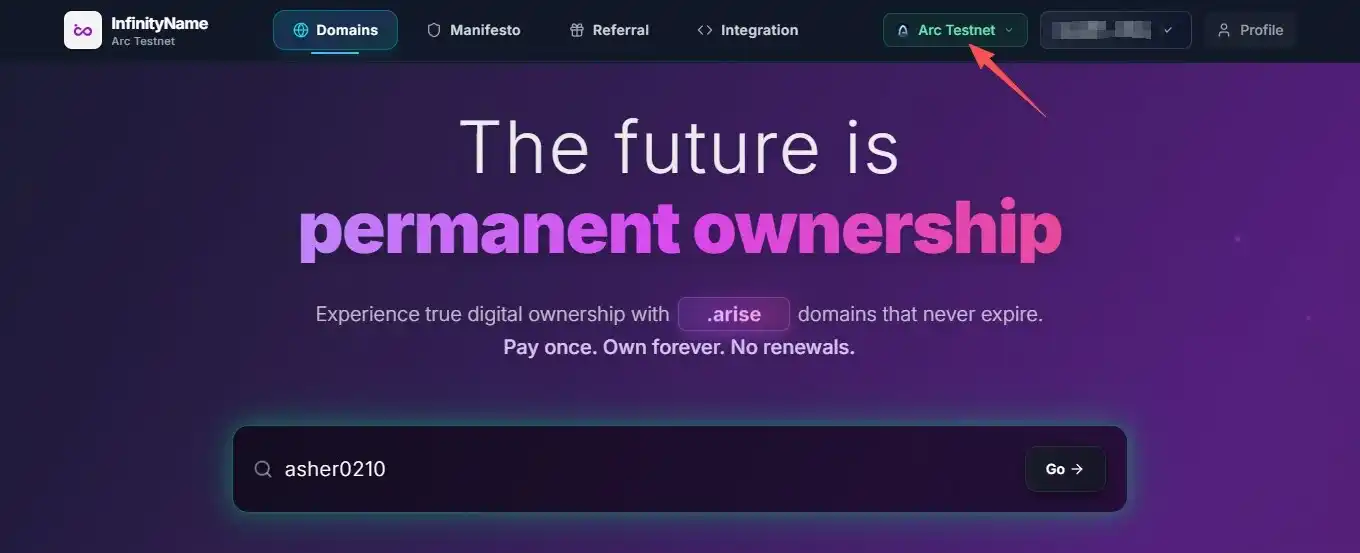
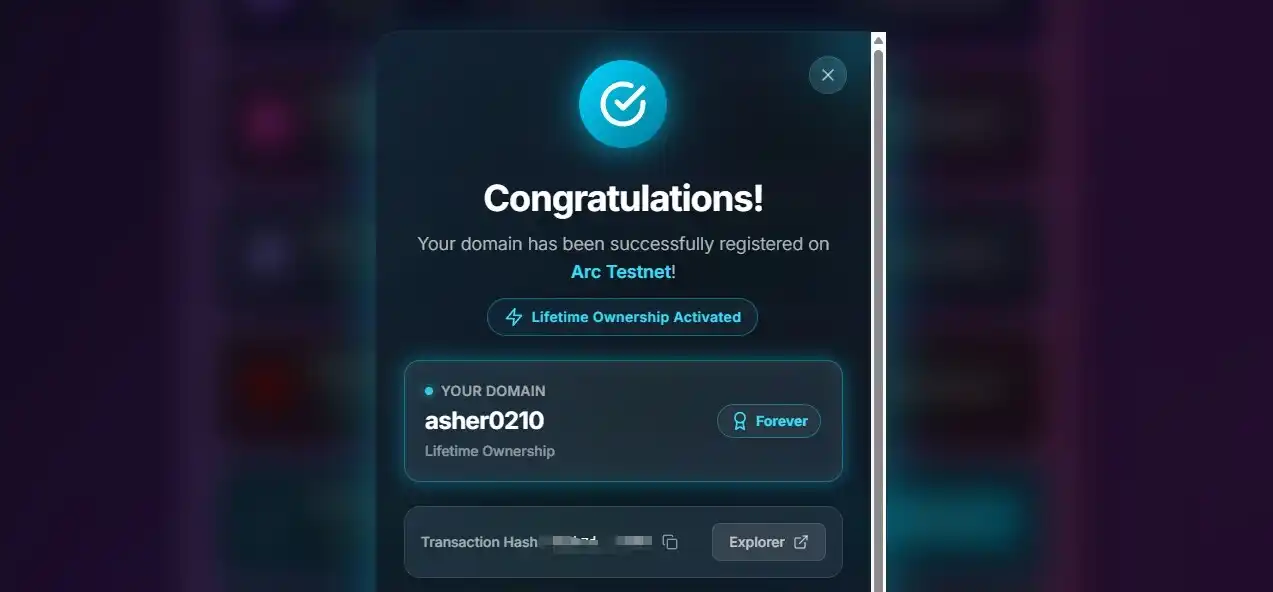
Above is the complete tutorial on interacting with the Arc testnet. If there are any upcoming testnet incentive activities, Odaily Weekly will also be updated as soon as possible.
In addition, on October 30, Arc released the first batch of 11 projects built on the public testnet, which are also worth paying attention to, namely: on-chain stablecoin-related protocol ZKP2P, universal encrypted trading platform Sequence, intelligent agent solution interconnection platform Superface, stablecoin wallet infrastructure Blockradar, stablecoin banking service Copperx, crypto API development company Crossmint, cross-border fund sending and management program Hurupay, wallet infrastructure Para, personalized finance platform CFi, zero-knowledge proof-based wallet Hinkal, cross-chain infrastructure Axelar Network.
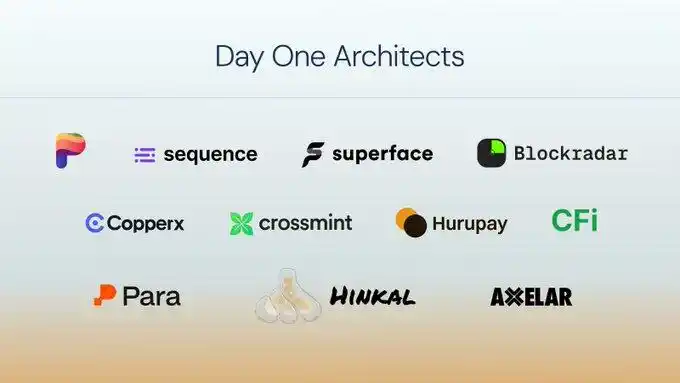
Disclaimer: The content of this article solely reflects the author's opinion and does not represent the platform in any capacity. This article is not intended to serve as a reference for making investment decisions.
You may also like
DeFi Faces Stability Challenge: USDX Redemption Issues Reveal Underlying Systemic Risks
- Whale investor 0xe454 spent $800,000 to buy 933,241 USDX tokens during its 2025 depeg to $0.3887, betting on recovery. - Redemption delays for both recent and prior 1.4M USDX purchases raised concerns over protocol stability and liquidity risks. - Lista DAO's emergency vote (LIP 022) aims to liquidate USDX positions amid 800% borrowing rates, mirroring 2025 xUSD collapse risks. - Experts warn cross-collateralized DeFi structures amplify systemic risks, urging stronger collateral diversification to preven
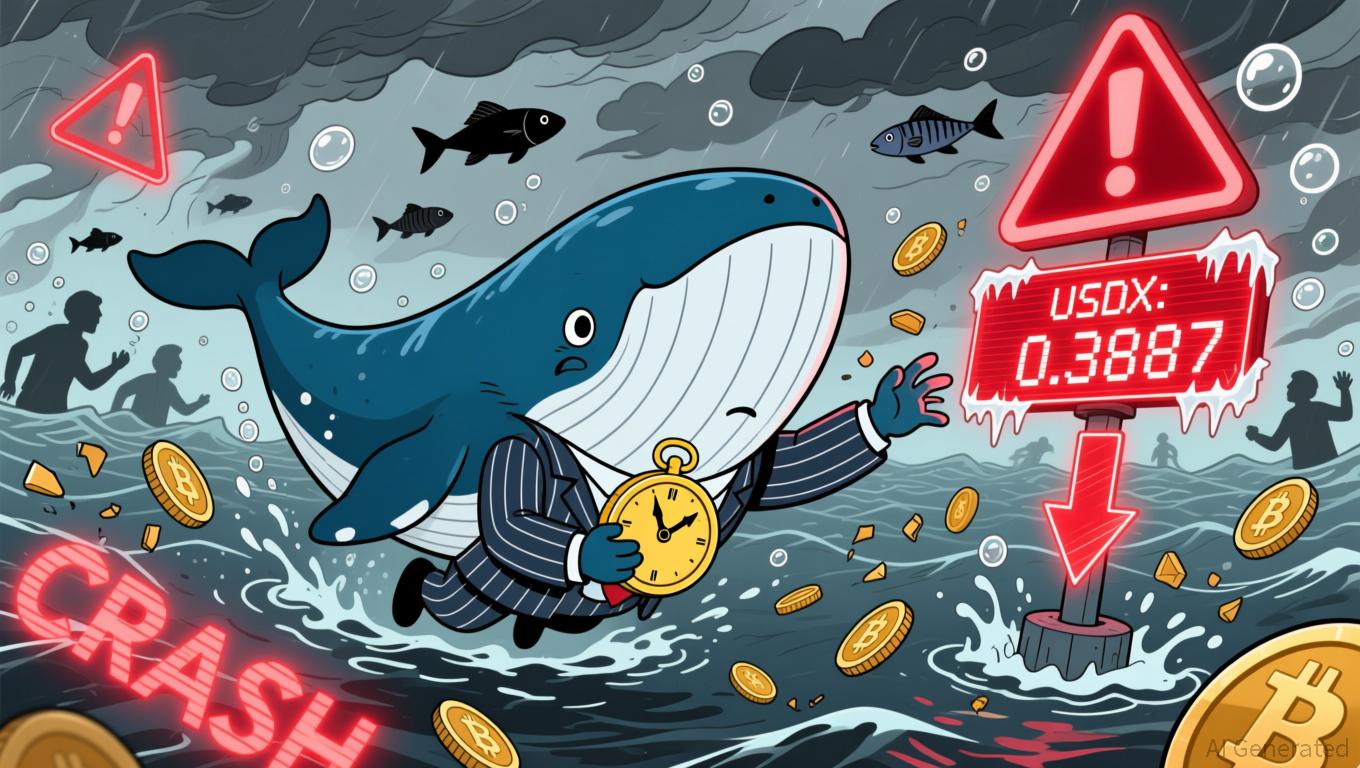
Fed’s QE Strategy: Could AI Mania Lead to a Repeat of the 1999 Bubble?
- Billionaire Ray Dalio warns Fed's shift to QE risks inflating an AI-driven bubble akin to 1999's dot-com crash. - He criticizes reinvesting MBS proceeds into Treasury bills as monetizing debt while cutting rates amid large fiscal deficits. - Analysts highlight risks of reduced T-bill supply, lower yields, and repo market strains from Fed's $15B/month Treasury demand. - AI sector valuations and corporate earnings will test Dalio's concerns as November inflation data and PMI reports approach.

Solana Latest Updates: Sonami Advances Layer 2 Despite Solana’s Unstable Market Forecast
- Sonami ($SNMI) launched a Solana Layer 2 token to reduce congestion and boost efficiency, raising $2M in presale. - The $0.0019 token allocates 83B tokens for marketing, treasury, and development, targeting high-frequency DApps. - Solana's price fluctuated between $170-$190 amid upgrades and macroeconomic factors, with bearish derivatives signals noted. - Sonami's Layer 2 initiative aligns with Solana's scalability goals, supporting 2,500 developers and enterprise applications. - Presale success reserves
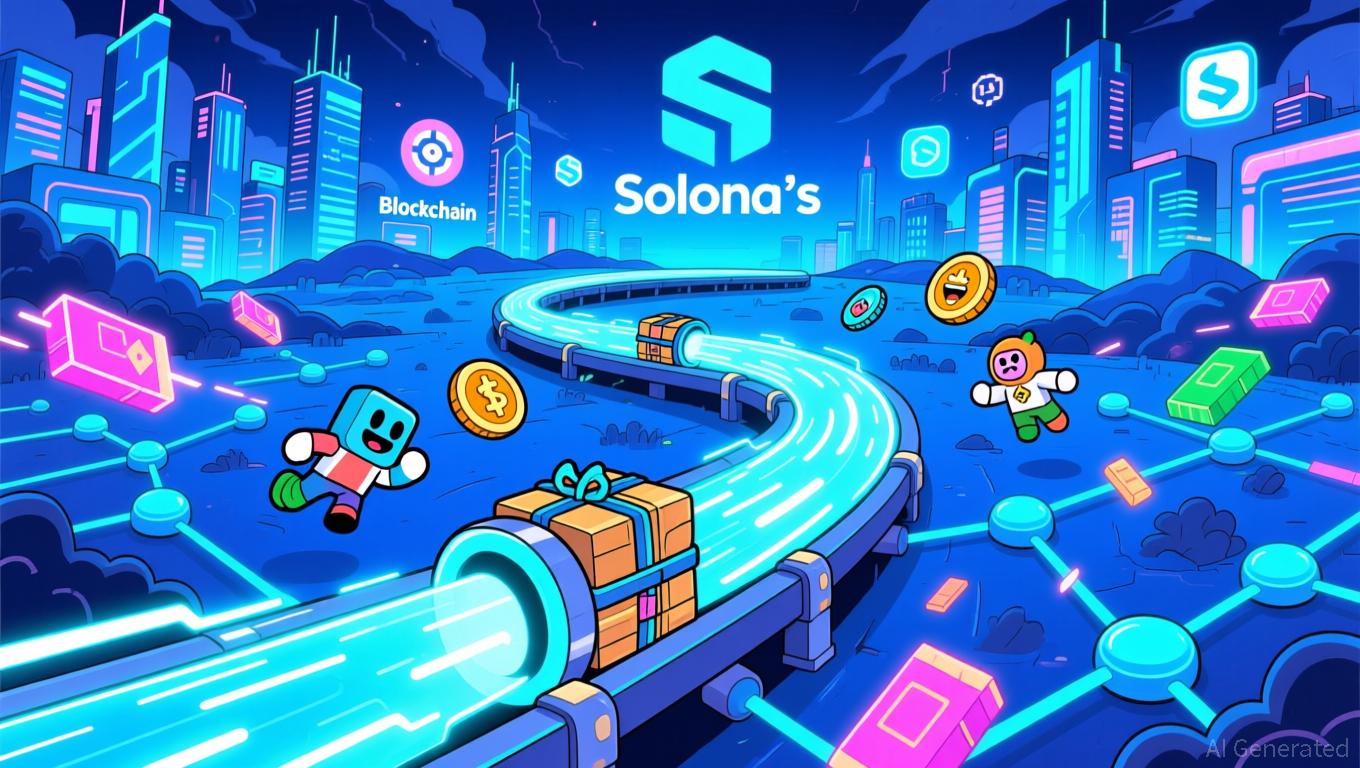
Solana News Update: Sonami's Layer 2 Seeks to Restore Solana's User Base Amid Intensifying Competition
- Sonami ($SNMI) announced a continued token presale and launched Solana’s first Layer 2 token to address scalability issues. - The project aims to reduce congestion by bundling transactions, raising $2M at $0.0019 amid Solana’s 30% Q3 user decline. - 40% of 82.999B tokens allocated for development/listings; team includes Solana veterans and fintech experts. - Presale success reflects investor confidence in Solana’s growth amid Layer 2 competition from Ethereum-based rivals.
